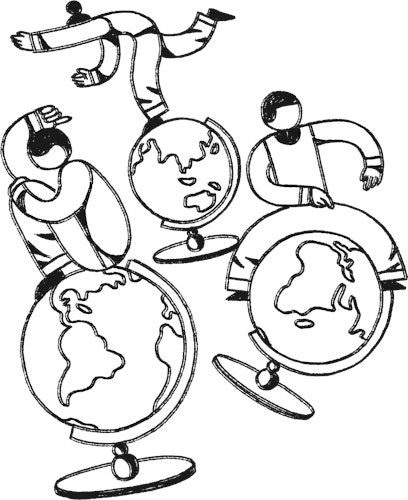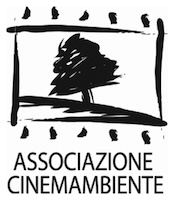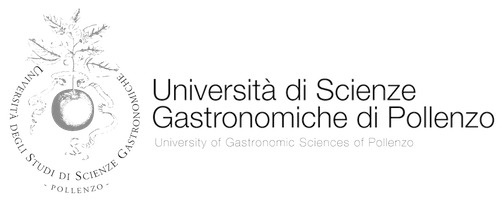I dimenticati
Directed by
Calabria. Alessandria del Carretto. 1959. A truck struggles up a dirt mountain road, which suddenly stops: the construction of the road was abandoned ten years earlier. The highest village is "condemned" to disappear. The truck's load is transferred onto the packsaddles of mules that cross woods, ford rivers, climb over stony ground, awaited by the inhabitants who line up as they enter the village. "Alessandria del Carretto: a pile of old houses, 1600 men and women, an archaic, dead, forgotten world". When it rains, the water invades the village, disintegrates the soil. This world "lives" every year when "after the long winter hibernation, the Spring festival suddenly explodes". At dawn, the "master carpenters" cut down a fir tree on the mountain; all the men help to "prepare" the felled tree and begin to drag it with difficulty towards the village. It is a thousand-year-old ritual. The route is long and arduous; everyone pushes it, pulls it, slows it down. Young people and women with baskets of food used for a lunch gradually join the procession. Finally, the procession enters the town. The next day, in the square, the women auction off objects and cheeses; the proceeds will be used to pay for the festival. At the same time, the greasy pole is built and the procession of the Patron Saint takes place through the streets of the town, punctuated by the music of the municipal band and the frequent firing of firecrackers. A young man tries in vain to climb the greasy pole. Another climbs more nimbly and reaches the top, hangs with his legs from the branches, and lets himself swing. Then he comes down amid applause. The band continues to play, the firecrackers to explode. As dusk falls, the people slowly set off on the road back home. The party is over.
Giglio d’oro del Comune di Firenze at the Festival dei Popoli, 1959.








